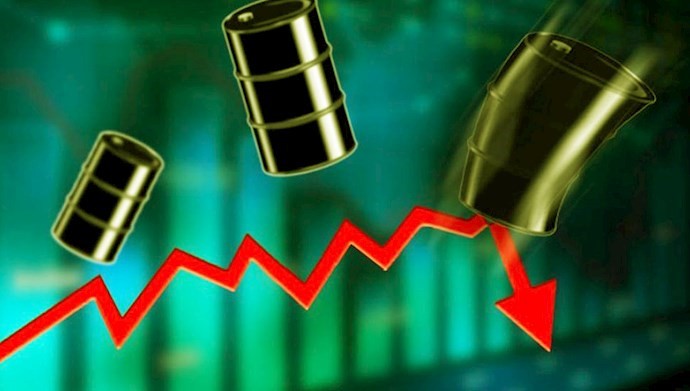
By Pooya Stone
The issue of the economic reopening of which Iran’s President Hassan Rouhani constantly speaks and which is criticized by Iranian state media reflects a huge crisis that has gripped the integrity of this regime, without any hope to find a way out.
The Jahan Sanat daily wrote: “Opening takes place where economics is a policy priority. Accordingly, it is necessary for Iran’s goals to be transformed from ideological issues to coherent and achievable goals, i.e. the growth of GDP at any price and the increase in the per capita income of every Iranian at any price.
“Only when the economy becomes a policy priority, is it possible to move towards establishing relations with the international community, otherwise there will be no opening of Iran’s economy.”
Eghtesad Saramad wrote: “According to published statistics on the growth rate of liquidity in Iran from 2000 to 2019, the average growth of liquidity in Iran over the past two decades is a figure equal to 27.6 percent; At the same time, in 2000, the growth of Iran’s liquidity reached 29.3% and at the end of 2019, it reached 31.3%.”
Referring to the high cost, Tasnim news agency wrote: “While the price of dairy products officially increased by 22 to 28 percent on 24 June of this year, according to the approval of the Market Regulation Working Group, we are again witnessing an illegal increase in the price of these products.
“For example, each one-liter bottle of low-fat milk, which costs 5,600 tomans, is priced at 5,900 tomans by one brand, and 6,800 tomans, or even 7,500 tomans, by another brand, or one-liter semi-fat milk, which costs 5,900 tomans, is priced 5,780 tomans.”
Etemad daily pointed to the empty table of the people and wrote: “The results of a recent national study on the elimination of healthy foods from the budget of middle- and low-income households are a worrying warning of the widespread prevalence of malnutrition in the near future.
“The results of this study, conducted by the National Institute of Nutrition and Food Industry Research, show that many households have completely eliminated or significantly reduced their consumption of animal protein sources – eggs, red meat, white meat, and dairy products.
“The results of this study showed us that the consumption of animal protein sources, including red and white meat, is very limited due to its high cost, and even many households have completely eliminated these protein sources from their food basket and expenses.
“A large number of households stated that the reason for the complete removal of animal protein sources from the household food basket was a decrease in family income, and a large number stated that the reason for job loss and a significant reduction in income was due to closures related to the coronavirus outbreak.
“They have been forced to eliminate protein sources from their household food basket altogether, and some have stated that despite the steady income, the increase in the price of protein sources is not commensurate with their monthly intake, and therefore they have decided to remove protein sources from the household food basket.
“High costs and declining incomes are pushing households to eliminate or reduce their main sources of nutrients (meats, eggs, milk, and fruits) and to replace other sources of calories that are generally poorer in nutrients (compared to protein sources, fruits, or vegetables). An adult in Iran has to spend about one million tomans to provide a healthy 30-day ‘single person’ food basket.”
“Inflation rates over the past two years, according to the Central Bank, the inflation rate in the 12 months leading to February 2018 was 31.2 percent and in 2019 it was 41.2 percent, and the latest report on inflation in June 2020 recorded 26.4 percent. If we accept the working class as the most populous and vulnerable economic decile and look that the increase of the minimum wage of 14 million formal and informal workers in the same period; In 2018, despite 31.2% inflation, the minimum wage for formal workers increased by 19.5%, in 2019, despite inflation of 41.2%, the minimum wage for formal workers increased by 36.5%, and in 2020, despite point-to-point inflation of 26.4%, the increase in the minimum wage for official workers has been 26 percent.
“Why do we emphasize the word ‘formal’? Because the labor law in our country recognizes only formal workers, and out of these 14 million workers in the country, more than 3.5 million are informal workers, and if they had any chance, they are forced to fight to keep the job they have at any price. Promoting benefits and matching rights and other benefits is just a hole dream.”
“Even those ‘formal’ people have not any hope in the laws, an objective example are the official workers of Haft Tappeh, Azarab, Hepco, and dozens of industrial units registered in the Ministry of Cooperatives’ job list, whose repeated screams of waiting for timely payment of salaries and benefits can be heard all over the country.”
Read More:


